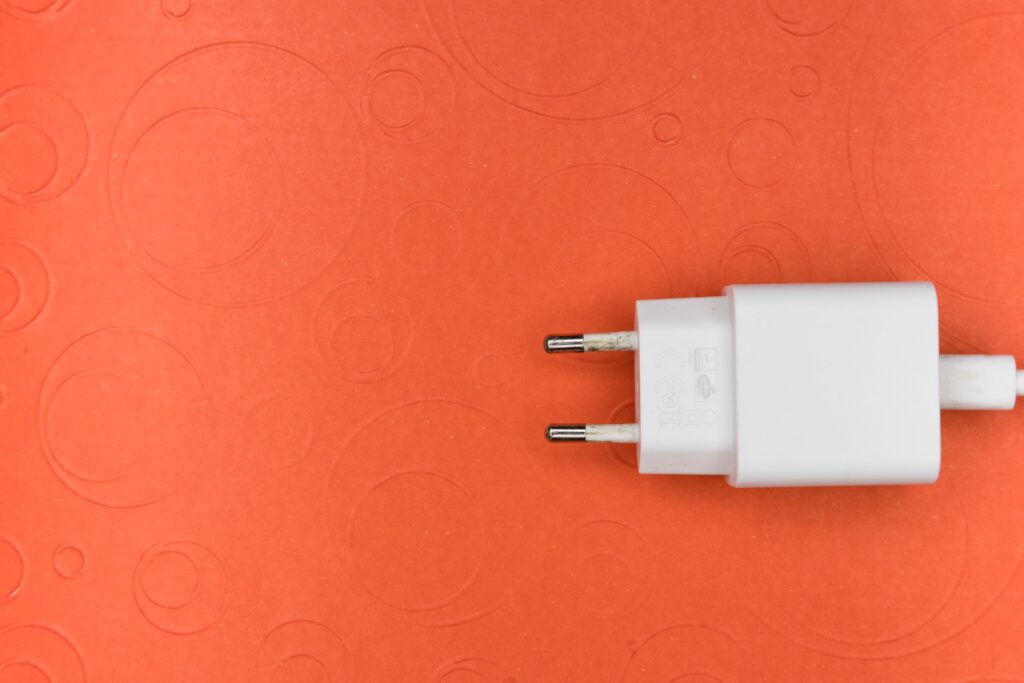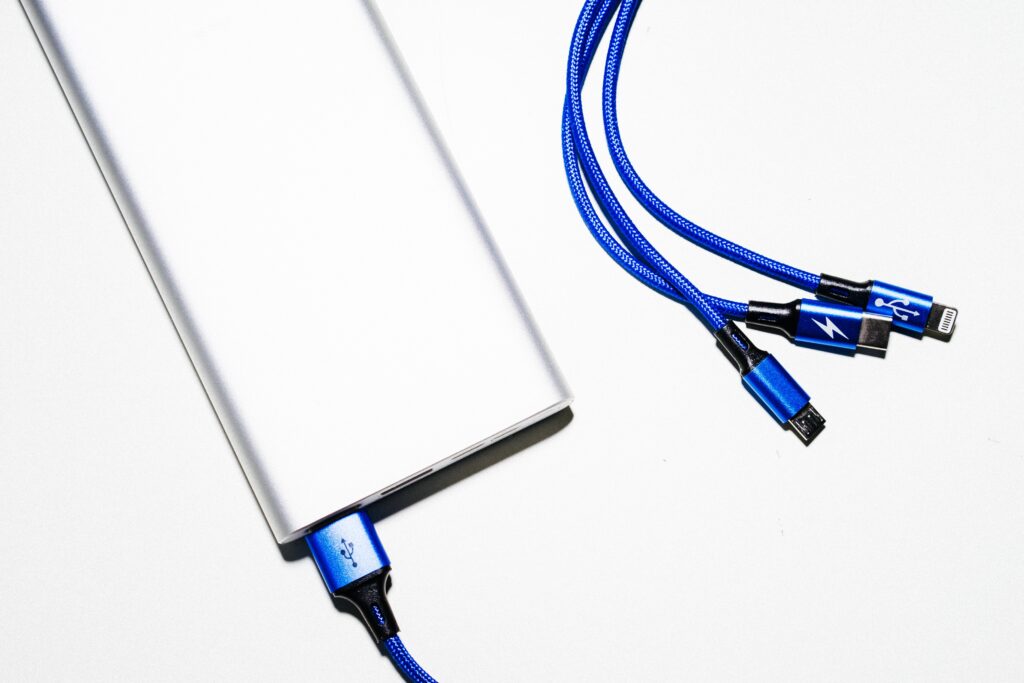Have you ever wondered how many times you can recharge a solar generator? With the rise in popularity of renewable energy sources, many people are turning to solar generators as an eco-friendly alternative to traditional power sources. In this article, we will explore the limitations and capabilities of solar generators, discussing the number of times they can be recharged and what factors may affect their rechargeability. Whether you’re a seasoned solar generator user or just starting to explore this technology, this article will provide you with valuable insights on the lifespan and recharge capacity of these sustainable power solutions.

Understanding Solar Generators
What is a Solar Generator
A solar generator is a device that converts sunlight into usable electricity. It is a sustainable and eco-friendly alternative to traditional methods of power generation. Unlike traditional generators that rely on fossil fuels, solar generators harness the power of the sun to produce clean, renewable energy.
How Does a Solar Generator Work
A solar generator works by capturing sunlight through solar panels and converting it into electrical energy. The solar panels, made up of photovoltaic cells, absorb photons from the sun’s rays. These photons then excite the electrons in the cells, generating a flow of electricity. The electrical energy is stored in a battery for later use or can be directly used to power devices through inverters.
Types of Solar Generators
There are various types of solar generators available on the market. The most common ones are portable solar generators, which are compact and lightweight, making them ideal for outdoor activities such as camping or emergency power backup. There are also bigger solar generators designed for residential or commercial use. These larger systems are often installed permanently and can power an entire household or building.
Components of a Solar Generator
Solar Panels
Solar panels are the heart of a solar generator. They are responsible for converting sunlight into electricity. These panels are made up of numerous photovoltaic cells, which are connected in series or parallel to increase the overall power output. The efficiency and capacity of solar panels vary, so it’s important to choose high-quality panels to maximize the system’s performance.
Battery Storage
Battery storage is a crucial component of a solar generator as it stores the energy produced by the solar panels for later use. It ensures a constant power supply even when the sun is not shining. Lithium-ion batteries are commonly used in solar generators due to their high energy density and longer lifespan compared to traditional lead-acid batteries.
Inverters
Inverters are responsible for converting the direct current (DC) electricity produced by the solar panels into alternating current (AC), which is the type of electricity used by most household appliances. They also control the flow of electricity between the solar panels, battery, and connected devices, ensuring that the generated power is utilized efficiently.
Charge Controllers
Charge controllers regulate the charging process of the battery. They prevent overcharging and protect the battery from excessive discharge, prolonging its lifespan. Charge controllers also help optimize the charging efficiency by ensuring that the solar panels produce the maximum amount of power possible.
Recharging a Solar Generator
The Process of Recharging
Recharging a solar generator is a simple process. When the solar panels receive sunlight, they produce electricity, which is then stored in the battery. This stored energy can be used immediately or saved for later use. The solar generator can also be charged through a traditional power outlet when sunlight is not available for an extended period.
Factors Affecting Recharging Speed
Several factors can affect the speed at which a solar generator recharges. The efficiency of the solar panels plays a significant role. High-quality panels with better conversion rates will generate more electricity in less time. Additionally, weather conditions such as cloud cover or shading on the panels can affect the amount of sunlight reaching the panels, thereby impacting the charging speed.
Time Required to Recharge
The time required to fully recharge a solar generator depends on its capacity, the power output of the solar panels, and the amount of sunlight available. On average, it can take anywhere from a few hours to a full day to fully recharge a solar generator. It’s important to consider the recharging time when planning the use of the solar generator to ensure uninterrupted power supply.
Life Cycle of a Solar Generator’s Battery
What is Cycle Life
Cycle life refers to the number of charge and discharge cycles a battery can go through before its capacity starts to degrade significantly. It indicates the lifespan of the battery and determines how long it will remain functional. A higher cycle life generally indicates a longer-lasting and more durable battery.
Factors Affecting Cycle Life
Several factors can affect the cycle life of a solar generator’s battery. The depth of discharge (DOD), which is the percentage of the battery’s total capacity used in each cycle, plays a crucial role. The higher the DOD, the shorter the overall cycle life. Other factors include operating temperature, charging and discharging currents, and the overall quality of the battery.
Typical Cycle Life of a Solar Generator Battery
The cycle life of a solar generator’s battery varies depending on the type and quality of the battery. Lithium-ion batteries, which are commonly used in solar generators, typically have a cycle life ranging from 500 to 3000 cycles. However, it’s important to note that cycle life is just one aspect of battery longevity, and other factors such as overall usage and maintenance also contribute to the battery’s lifespan.

The Frequency of Recharging a Solar Generator
Ideal Recharging Frequency
The ideal recharging frequency of a solar generator depends on the usage and power requirements. It’s recommended to recharge the solar generator whenever the battery’s charge level drops to around 20-30%. Regular recharging ensures that the battery remains in good condition and maximizes its lifespan. Additionally, keeping the battery charged also allows for immediate use of the solar generator during emergencies or power outages.
The Impact of Overcharging
Overcharging a solar generator’s battery can significantly reduce its lifespan. When a battery is overcharged, it undergoes a process called “gassing,” where excess electrolyte is converted into gas. This can lead to the loss of electrolyte and damage to the battery’s internal components. To avoid overcharging, it is recommended to use a charge controller that automatically regulates the charging process.
The Impact of Undercharging
Undercharging can also have a negative impact on a solar generator’s battery. When a battery is not fully charged, it enters a state of partial charge, which can cause sulfation. Sulfation is the accumulation of lead sulfate crystals on the battery plates, reducing its capacity and overall performance. Regularly undercharging the battery can lead to irreversible damage, significantly affecting its lifespan.
Advantages of Solar Generators
Eco-Friendly Energy Source
One of the significant advantages of solar generators is their eco-friendliness. Unlike traditional generators that emit harmful greenhouse gases, solar generators produce clean energy without contributing to air pollution or global warming. Solar power is a renewable and sustainable energy source that helps reduce our carbon footprint and preserve the environment for future generations.
Cost Effectiveness
While the initial cost of installing a solar generator may be higher than traditional generators, they offer long-term cost savings. Once installed, solar generators harness free sunlight, eliminating the need to purchase fuel or rely on the grid for electricity. Additionally, solar generators require minimal maintenance, further reducing operational costs in the long run.
Versatility and Portability
Solar generators are highly versatile and portable, making them suitable for various applications. Portable solar generators are compact and lightweight, allowing for easy transportation and use in outdoor activities such as camping, hiking, or RV trips. Larger solar generators can be installed in homes or businesses, providing a reliable and clean energy solution.

Limitations of Solar Generators
Dependence on Weather Conditions
One of the limitations of solar generators is their dependence on weather conditions. Since solar generators rely on sunlight to produce electricity, they may not be as reliable during periods of low sunlight or inclement weather. Cloud cover, shading, or even the time of day can affect the efficiency of solar panels, impacting the overall power output.
Limited Battery Life
Solar generators have a limited battery life, which can affect their overall performance. The lifespan of the battery depends on various factors, including the cycle life, depth of discharge, and overall usage. It’s important to consider the battery’s lifespan and plan for battery replacements accordingly to ensure uninterrupted power supply.
Long Recharging Time
Compared to traditional generators that can be refueled within minutes, solar generators have a longer recharging time. The speed at which a solar generator recharges depends on the capacity of the solar panels, the amount of sunlight available, and the overall efficiency of the system. It’s essential to consider the recharging time when using a solar generator for critical power needs.
Maintaining a Solar Generator
Proper Usage
Proper usage is crucial for maintaining the efficiency and longevity of a solar generator. It’s important to follow the manufacturer’s guidelines regarding capacity limits, charging methods, and recommended usage. Avoid overloading the system or using incompatible devices that may cause damage. Regularly monitor the battery’s charge level and recharge it promptly to prevent deep discharge.
Regular Inspection
Regular inspection is essential to ensure that all components of the solar generator are functioning properly. Check the solar panels for any dust, debris, or shading that may impact their performance. Inspect the battery for any signs of damage or leakage. Also, examine the charge controller and inverter for any malfunctions. Cleaning, repairing, or replacing any faulty components will help maintain the solar generator’s efficiency.
Battery Replacement
Depending on the battery’s lifespan and usage, it may eventually need to be replaced. When the battery’s capacity starts to degrade significantly or it no longer holds a charge for an adequate period, it’s time to consider a battery replacement. Consult the manufacturer’s guidelines for recommended battery replacements, and ensure proper disposal of the old battery, following local regulations.
Comparing Solar Generators with Other Generators
Solar Generators Vs Diesel Generators
Solar generators have several advantages over diesel generators. Solar generators rely on a renewable energy source, whereas diesel generators require fossil fuels. Solar generators produce clean energy without emissions, eliminating air pollution. They also operate silently, while diesel generators can be noisy. However, solar generators may have limitations due to weather conditions and longer recharging times.
Solar Generators Vs Battery Generators
Solar generators and battery generators serve different purposes. Solar generators produce electricity using sunlight, while battery generators store electricity for later use, often charging from the grid or other sources. Solar generators are ideal for harnessing clean energy in remote locations or during power outages, while battery generators offer a backup power solution in areas without access to solar energy.
Conclusion: Lifetime of a Solar Generator
Price Vs Performance
When considering the lifetime of a solar generator, it’s important to weigh the initial investment against the expected performance and lifespan. While solar generators may require a higher upfront cost, they offer long-term cost savings and environmental benefits. Investing in a high-quality solar generator ensures reliable performance and efficiency over an extended period.
Adequate Maintenance and Regular Use
Proper maintenance and regular use play a crucial role in extending the lifetime of a solar generator. Following the manufacturer’s guidelines, keeping the system clean, and performing regular inspections will help prevent damage and maximize efficiency. Regularly using and recharging the solar generator ensures that the battery remains in good condition and ready for immediate use when needed.
Significance of Choosing a Quality Solar Generator
Choosing a quality solar generator is essential for ensuring reliability and longevity. High-quality components, such as efficient solar panels and durable batteries, contribute to the overall performance and lifespan of the system. Researching reputable brands, reading customer reviews, and seeking professional advice can help make an informed decision when purchasing a solar generator.
In conclusion, solar generators provide a sustainable and eco-friendly alternative to traditional generators. By harnessing the power of the sun, solar generators offer a clean and renewable energy source. Understanding the components, recharging process, and maintenance requirements of solar generators is crucial for maximizing their performance and lifespan. While they have certain limitations, such as dependence on weather conditions and longer recharging times, the advantages of solar generators, including cost-effectiveness and portability, make them a viable option for individuals and businesses seeking a reliable and sustainable power solution.




